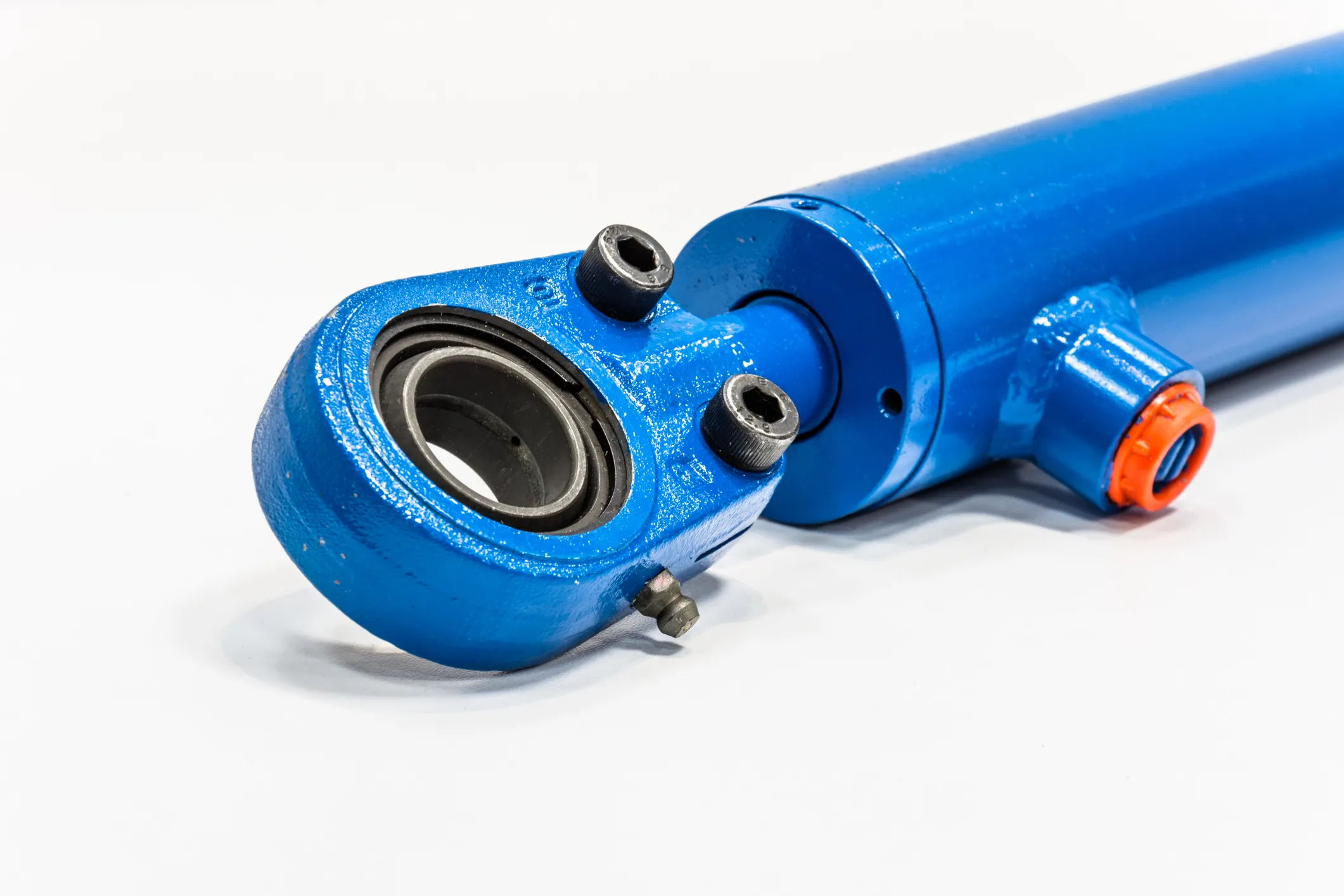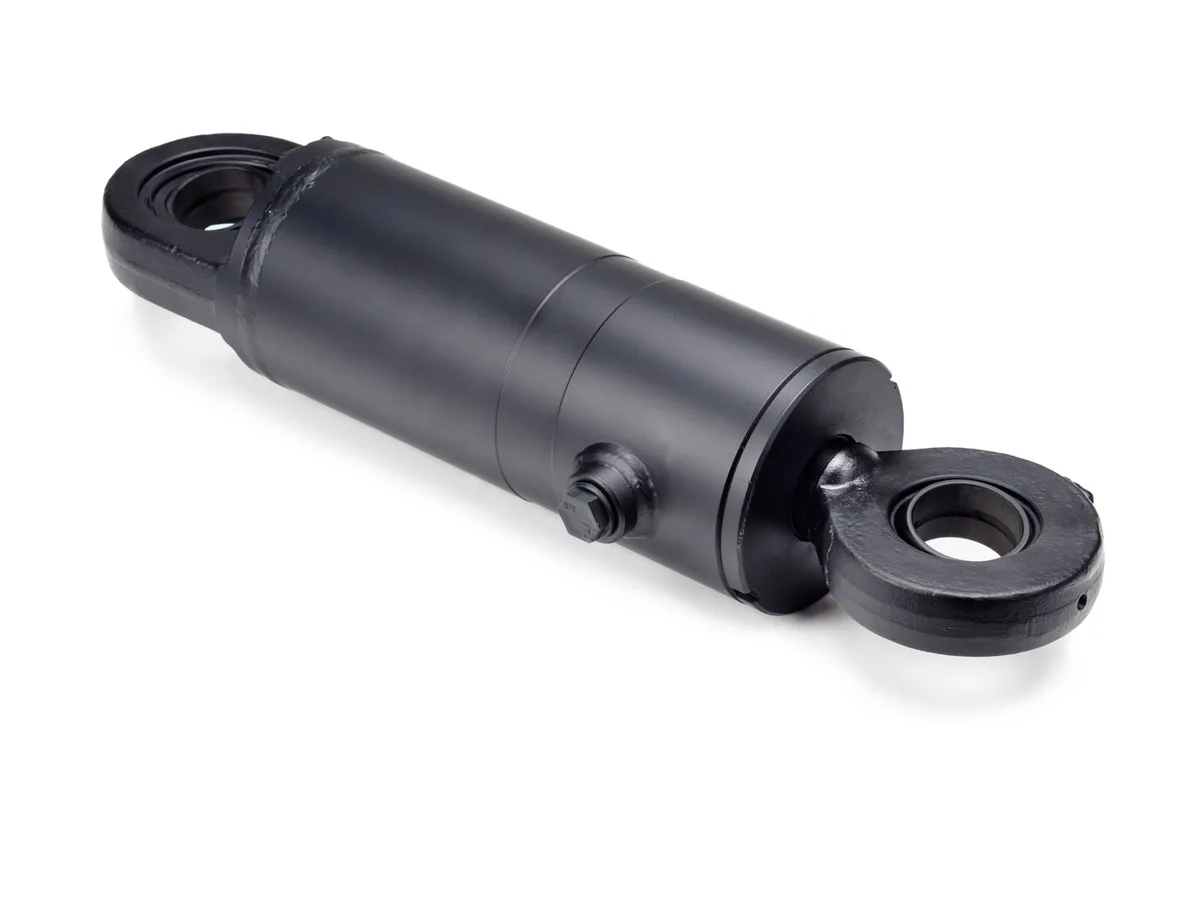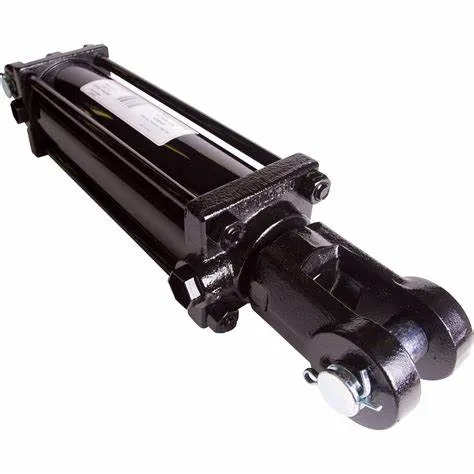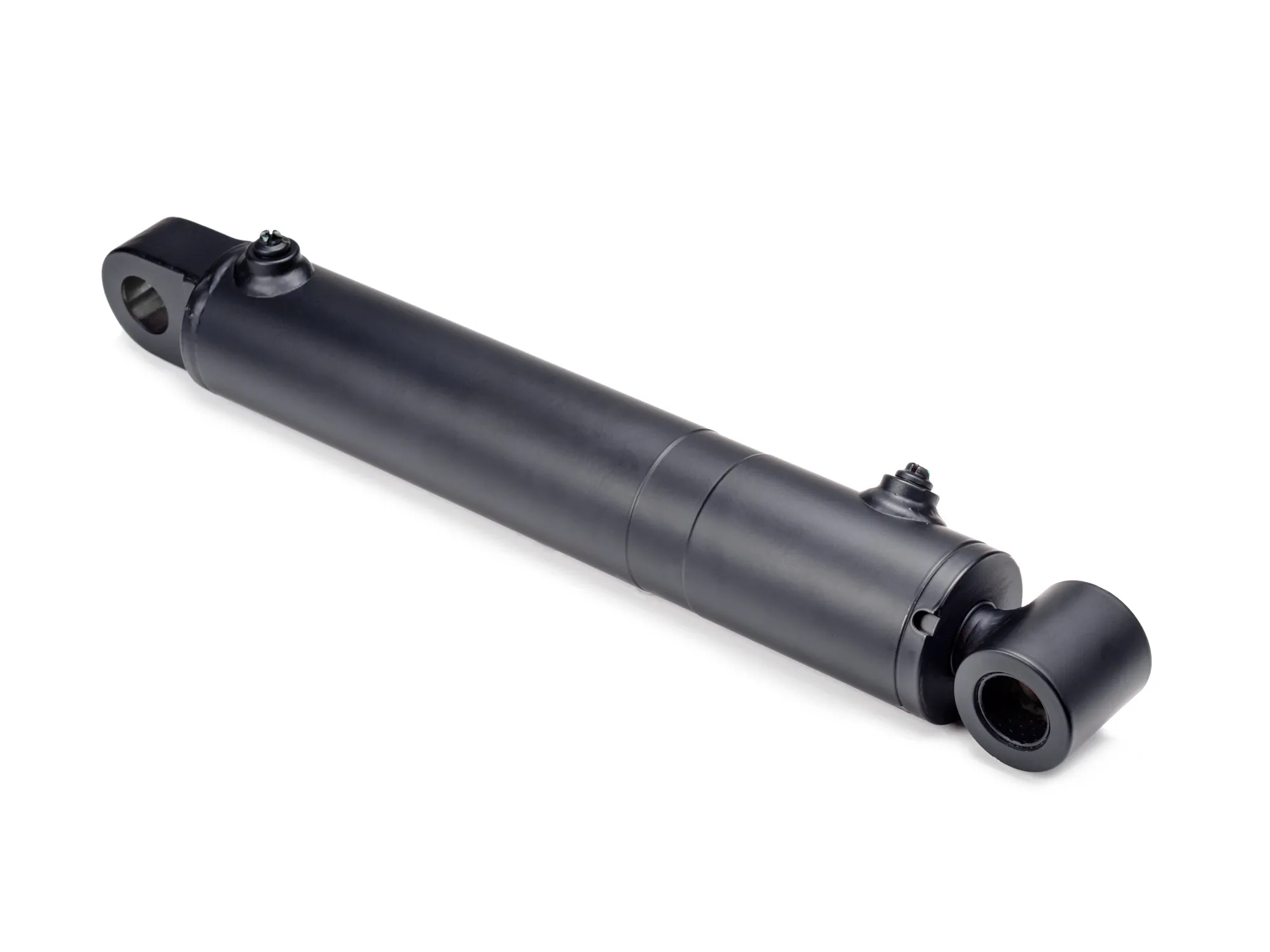Understanding Telescopic Single-Acting Hydraulic Cylinders
Introduction to Telescopic Single-Acting Hydraulic Cylinders

Telescopic single-acting hydraulic cylinders play a crucial role in various hydraulic applications. These cylinders are designed to provide controlled linear motion and force in a single direction, making them essential components in lifting, pushing, and pulling operations.

Design and Construction Characteristics
- Outer Cylinder: The external shell of the cylinder that houses the internal stages.
- Internal Stages: Two or three internal stages that allow gradual expansion of the cylinder.
- Piston: The component responsible for pushing hydraulic fluid.
- Seals: Various types of seals, such as O-rings and wiper seals, prevent leaks and maintain pressure.
- Materials: High-strength steel for durability, aluminum for lightweight applications, and corrosion-resistant coatings.
Working Principle
The telescopic single-acting hydraulic cylinder operates by extending its length from a compact form when hydraulic pressure is applied and contracts using a spring or gravity. This action allows for controlled movement and force generation.
Types and Configurations
There are three main types of telescopic single-acting hydraulic cylinders, each with unique configurations designed for specific applications. These cylinders offer space efficiency, high force output, and versatility across industries.
Advantages of Telescopic Single-Acting Hydraulic Cylinders
- Space Efficiency: Ideal for applications in limited spaces like dump trucks.
- High Force Output: Capable of generating substantial force for lifting heavy loads.
- Versatility: Suitable for various industries, including construction and transportation.
Application Scenarios

Telescopic single-acting hydraulic cylinders find applications in diverse industries due to their adaptability and performance capabilities. From construction to marine environments, these cylinders play a vital role in enhancing operational efficiency.
Design Considerations and Selection Criteria
When choosing a telescopic single-acting hydraulic cylinder, factors such as bearing capacity, sealing, durability, safety, and maintainability must be carefully evaluated to ensure optimal performance and longevity.
Sealing and Lubrication
Proper sealing and lubrication are essential for the efficient operation of telescopic single-acting hydraulic cylinders. Using high-quality seals and lubricants can prevent leaks, reduce wear, and extend the service life of the cylinder.
Maintenance and Troubleshooting
Regular inspection, lubrication, and preventive maintenance measures are critical to ensuring the continued performance of telescopic single-acting hydraulic cylinders. By following recommended maintenance tasks and troubleshooting guidelines, potential issues can be addressed promptly.

Unit Power and Optimization
The unit power of a telescopic single-acting hydraulic cylinder is influenced by factors like cylinder diameter, operating pressure, piston speed, and load conditions. Optimizing the power unit can improve efficiency, energy savings, and equipment reliability.
Safety Considerations and Fault Diagnosis
Emphasizing safety measures and understanding common problems in telescopic single-acting hydraulic cylinders is essential for safe and efficient operation. Proper fault diagnosis and preventive maintenance can mitigate risks and ensure optimal performance.
Company Focus
Our company specializes in hydraulic cylinder replacement manufacturing and distribution, offering a comprehensive product line to domestic and international markets. With a focus on professionalism, international certifications, customized services, advanced production equipment, and dedicated after-sales support, we strive to meet the diverse needs of our customers.
Author: lyl
